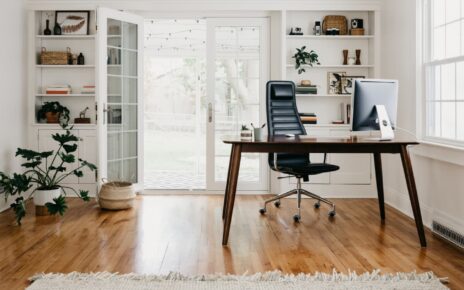It is generally accepted that lighting plays a pivotal role in shaping the aesthetic and functional features of a given place. If we’re relaxed and at ease in our surroundings, we’re more likely to get work done. Lighting plays an important role in establishing identity and fostering community.
Lighting affects the mood of a space as much as, if not more than, any other aspect of design because it modifies how we perceive colours and textures. It’s understandable that the prospect of installing a lighting scheme could seem daunting, given that lights often serve as the room’s focal point.
But we’re here to help you achieve that right now, so don’t worry. You can make your own lighting design scheme if you learn the principles and get the required resources:
- The lighting in a space has a profound effect on how you feel in it physically.
- More illumination is not always preferable. Focus on quality rather than quantity.
Draw up a Plan: In the Layered Perspective
Most people have the poor habit of using the overhead light as their only or primary source of lighting. To make the most of a space, you should first decide how you’ll be using it, and then see the area as a series of interconnected levels. As per the mod lighting reviews you can choose the right options here.
We take into account the following four types of lighting:
- Ambient lighting is defined as light that is not directly focused on an object but instead creates a diffuse glow.
- While any number of light fixtures may be used, overhead lighting should always be prioritised.
- Providing illumination for a designated work area as part of a larger assignment or instruction.
Decoration used to draw attention to a certain location
Lighting systems that prioritise task and accent lighting above general overhead illumination may eliminate the requirement for ceiling fixtures altogether. Therefore, while designing your location, construct a little light map according to your intended purposes. You may use this information to better plan out your room. Put in place task-oriented lighting, such as a floor lamp in the room where you plan to spend the most time reading. Then, you can use any accent lighting, such a wall sconce that plugs into an outlet, to occupy the space and provide dimension to the ceiling. The next step is to put in the over-the-table lighting fixture, such as a chandelier. Achieving a wonderful balance and that gorgeous ambient lighting requires at least two or three distinct light sources in any given room.
Lessen the Variety of Your Designs
This is a potentially daunting subject because of the abundance of fantastic options. Nonetheless, you will find it useful if you start by articulating your overall aesthetic preferences. Is your abode more evocative of the 1950s, a farm, or the laid-back sophistication of Los Angeles? Once you have (loosely) established your area, you can start shopping for fixtures that complement your chosen aesthetic. Remember that difference is often welcome as well. Try blending different approaches to get your own style.





